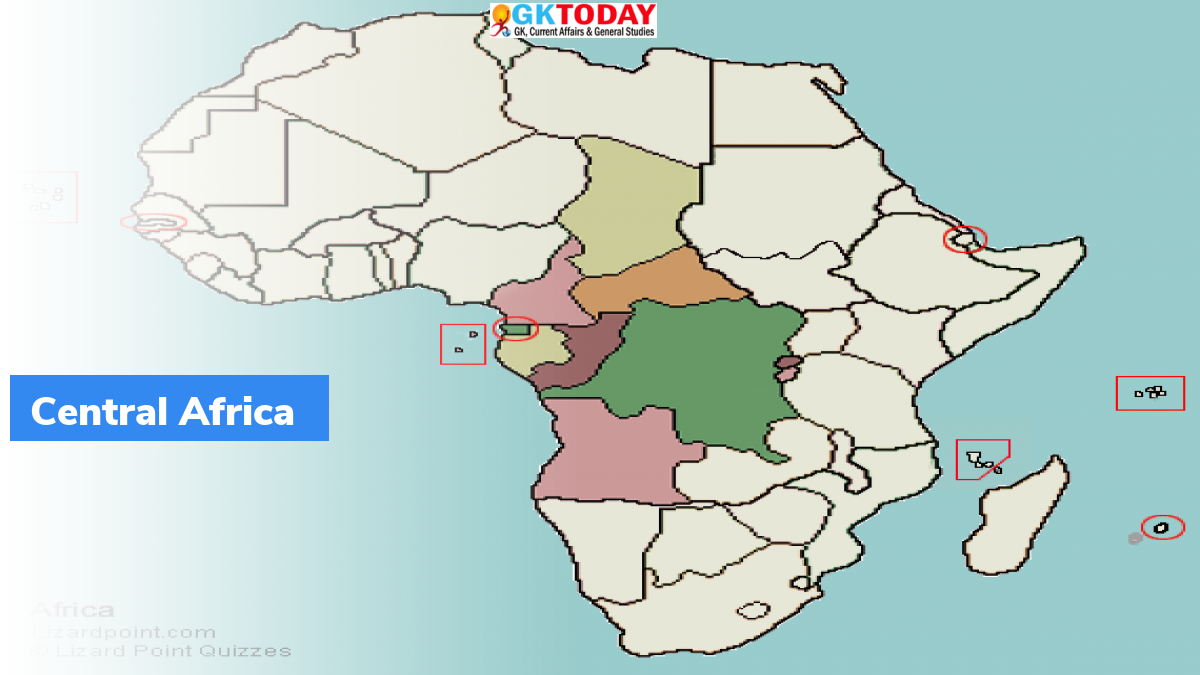Report: Protected Areas in Central Africa 2020
According to a report titled “Protected Areas in Central Africa 2020”, Central Africa can develop itself sustainably if the resources are shared equitably and its environment is protected.
Highlights
- Report was produced under the Central Africa Forest Observatory (OFAC) which is a specialised unit of Central African Forests Commission (COMIFAC).
- Central Africa is rich in copper, petroleum, iron, manganese, diamond, cobalt and coltan.
- According to the report, development on the basis of respect for the environment and social equity is the only way to prevent poverty and war.
Economic Growth in Central African Countries
- According to the Macroeconomic forecasts for 2020, central African countries are reporting a growth rate of between –2.5 per cent and –4.3 per cent.
- Decline in oil prices per barrel since late 2018 along with the global health crisis caused by novel coronavirus disease have led to a deteriorating economic situation.
- Thus, governments in this region are boosting oil extraction and diversifying national economies, towards mining and forestry industries.
Concerns with natural ecosystems
Natural ecosystems in central African region have been exposed to: Wildlife poaching, Increase in mining permits, Expansion of transhumant pastoralism, Exploitation of timber & fuel wood, Industrial agriculture & family farming as well as land conflicts.
Protected areas
There are about 206 protected areas in this region that cover 799,000 square kilometres. It accounts for 14.8 per cent of the land area and five per cent of the marine exclusive economic zone in the central African countries.
Steps taken by countries
Countries have been taking several initiatives. 24 African countries have adopted “Extractive Industries Transparency Initiative (EITI) standards”. EITI initiative was launched with the aim of promoting more inclusive and transparent management of mineral resources by improving the governance systems. EITI has also bringing in transparency in the sector.
Month: Current Affairs - September, 2021








